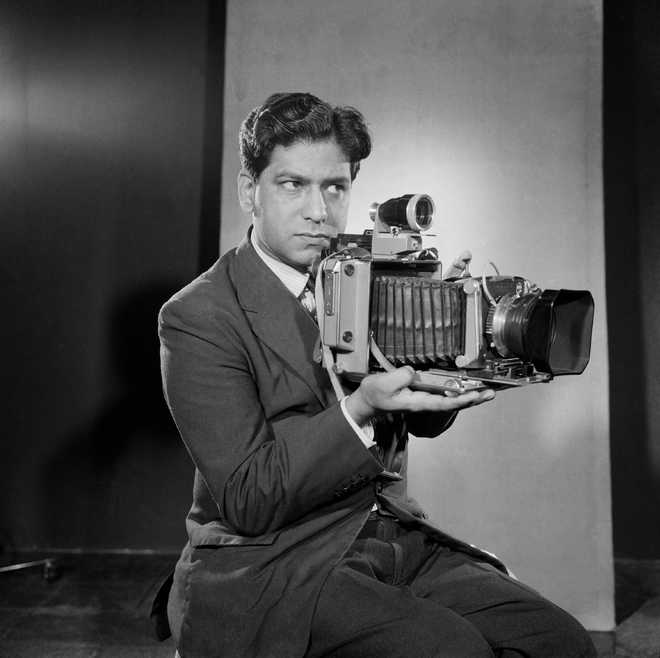The glamour of black and white
Lovedeep Sidhu
For a man who paved the way for glamour photography in India, his advice to his sons was surprisingly no-frills: Keep it simple; find the right angle and distance from the subject; appreciate the play of light, and avoid using flash. During a career spanning half a century, Jitendra Arya, one of independent India’s ace photographers, had captured some of the most important people at their candid best — from India’s first prime minister Pandit Jawaharlal Nehru with daughter Indira Gandhi in Dehradun, to the evergreen Dev Anand enjoying breakfast with wife, Kalpana Kartik. Photo historian, professor and filmmaker Sabeena Gadihoke has curated an exhibition of these and many more as part of a special retrospective exhibition titled Light Works. It features over 430 prints sifted from almost 7,000 photographs.
Gadihoke first met Arya in 2009 while she was doing PhD in Mumbai. “I was interested in what you could call ‘invisible histories of photography’, which included glamour and fashion photography. When I met him, he was very happy that someone was looking at his pictures,” she recalls. After the master artist passed away in 2011 at the age of 80, Gadihoke got to work. She organised the first exhibition of his works in September last. They were recently displayed at the National Gallery of Modern Art (NGMA) in Bengaluru and now travel to Delhi.
Born in India in 1931, Arya grew up in Nairobi. He developed an early interest in photography and left for London at the age of 16. Arya soon opened a studio of his own and went on to photograph prime ministers and dignitaries such as Bertrand Russell. Capturing Ava Gardner on the sets of John Ford’s Mogambo (1953) catapulted him to international limelight, with the famous picture making it to Life magazine. The photographer’s tryst with India in 1960 was fairly accidental, with actor-director Guru Dutt offering to cast Chhaya, Arya’s wife, in the lead role of Chhoti Bahu in Sahib Bibi Aur Ghulam. The role eventually went to Meena Kumari, but Arya was here to stay.
It was a time when the country was introduced to glamour photography. “In those days, you remembered the photographs, not the photographer,” says Gadihoke, adding, “But he gave a face to personalities.”
“Our entire cultural memory of the time is built on press photographs. With The Illustrated Weekly of India and its superior printing, Arya’s work stood out. His series on artists such as SH Raza and MF Hussain made a huge impact.” Arya was known to put people at ease, an ability that helped him capture the who’s who. His shot of Raj Kapoor and Nargis outside the Stratford Court Hotel in London in 1956 best documents this. “His art was intimate, which meant there could be no hurrying. He earned people’s trust and made life-long friendships,” says Gadihoke.










